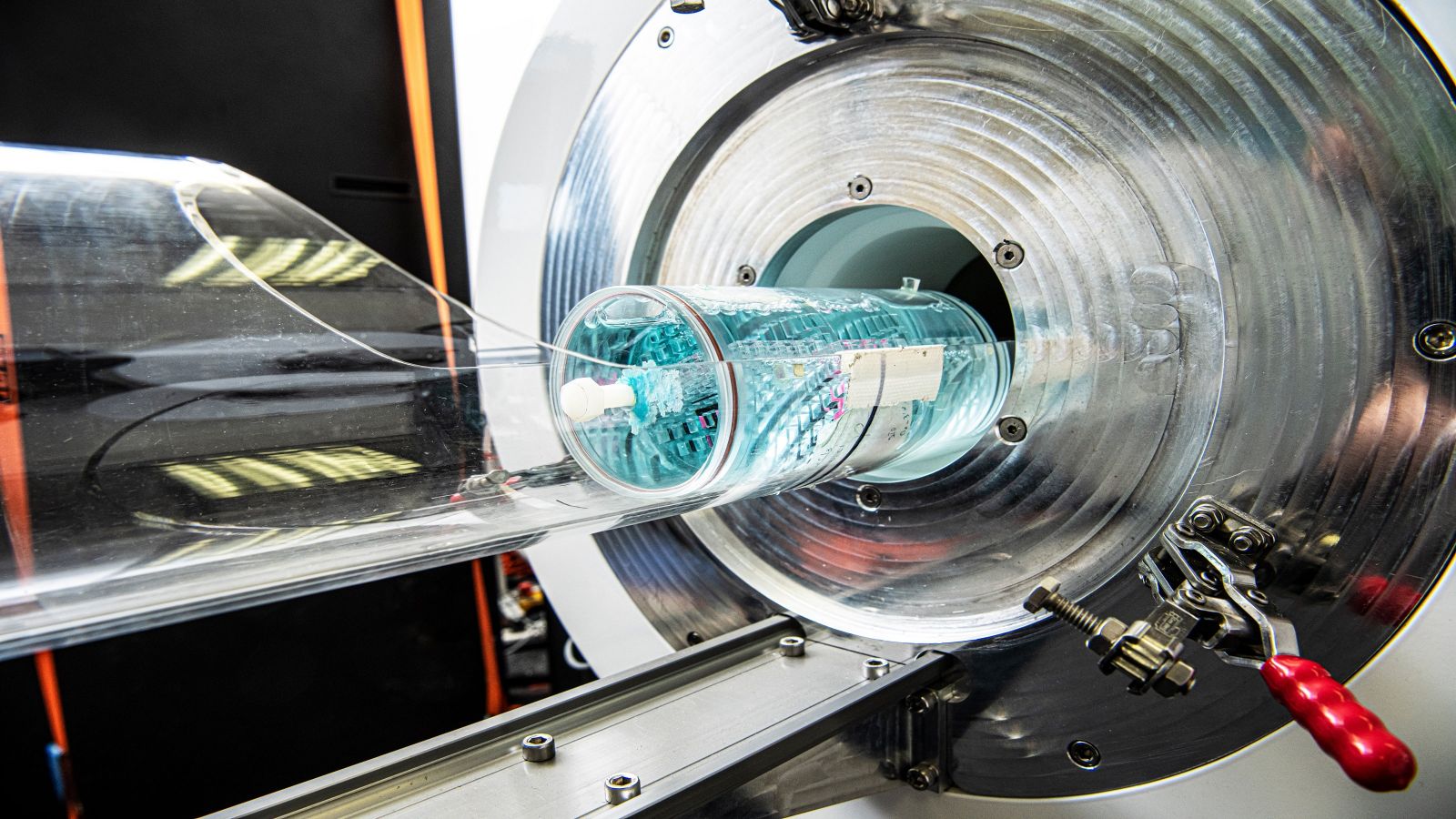Electromagnetics
We're harnessing the power of electromagnetics to bring elite medical systems into the mainstream and ensure the quality of superconducting wires.
From reimagining magnetic resonance imaging (MRI) technology to qualifying superconducting wire for international fusion energy projects, our pioneering innovations have tangible impacts far beyond the lab.

Nuclear magnetic resonance
We’re developing portable nuclear magnetic resonance and magnetic resonance imaging technology for use in new and emerging industrial and medical applications.

Making MRI more accessible
We're applying our superconductor magnet research to build compact MRI systems and provide more people with access to this life-changing medical technology.

MRI for the rest of the world
This case study tells the story of the development of a compact superconducting magnet for MRI brain scanning that will increase access to this technology.

The SuperCurrent machine
A case study about the development of the SuperCurrent machine for characterising the performance of superconductor wires.

Testing superconductor wires
Our Supercurrent facility offers simple, fast, and automated testing for the quality and performance of superconductor wires.

High-field magnets
Our capability with high-field magnets can support researchers and partners to overcome their challenges and find real world applications.
